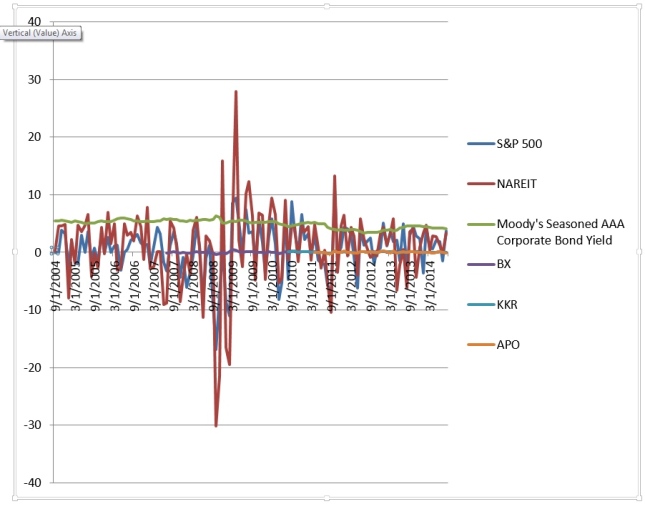The Fed has kept the Federal Funds Rate, the interest rate at which institutions with funds deposited at the fed can borrow and lend balances to and from each other overnight, at right above 0% since the recent recession. This year, Janet Yellen announced that the Fed would end quantitative easing, an economic policy putting downward pressure on the cost of capital. Yellen concordantly intimated that the Fed was on course to raise the Federal Funds Rate in 2015; this would make money more expensive and cause interest rates to increase. There is concern among academics and at the Fed about the direction of the economy and that raising interest rates could derail the recovery from the recession.
There is doubt that there will be interest rate increases anytime soon, as the precipitate of anemic economies across the globe limits growth in the U.S. On Wednesday, the President of the Fed in Minnesota proposed that the Federal Reserve Open Market Committee would not raise interest rates in 2015. Instead, he expects that the economy will be less than calm in the coming years, and inflation will not increase until 2018; in this case, the threat of increased inflation would not catalyze an increase in interest rates.
Two of the phenomena that some believe belie the stability of the US economy are the economic stagnation in Europe and the slowdown of GDP growth in China. They are thought to have the capacity to hinder global economic growth, as well as limit the likelihood that the U.S. economy will experience consistent growth in the coming years. France and Germany only is only narrowly escaping entering into economic recession in the third quarter of 2014. Meanwhile, the Communist Party in China is worried about waning GDP growth and is considering an economic agenda to free capital flows, in addition to liberalizing other sectors of the economy. If these are the circumstances and these events catalyze an economic reversal in the US, then interest rates will not be as likely to budge in 2015.
The strength of the U.S. economy and the effects of quantitative easing are, however, underestimated by those feeling uneasy about the Fed raising interest rates. Considering these two circumstances, we should see interest rates increase in the short-term. There is clearly controversy about the economy’s current direction. But we may be comforted by the fact that, to date, the US economy has experienced exceptional growth in 2014, excluding the first few months of the year. Given the strength the economic growth, it would seem that the Fed would raise rates to compensate for the above-average growth.
In addition, and perhaps more importantly, the effects of quantitative easing have the potential to put upward pressure on the interest rates. Indeed, the Fed flushed the economy with cheap capital, which will eventually result in rising inflation and, consequently, interest rates as the economy expands. Consumption will inevitably continue to increase as confidence in the economy escalates. Quantitative easing ensured an eventually increase in inflation, and the Fed will fail to inhibit inflation without raising interest rates.
The U.S. third quarter GDP grew by 3.5%, and the unemployment rate fell below 6.0% in September. There has been a consistent critical mass of signals for the Fed to start a contractionary monetary policy. In this economic environment, enough pressure has been built to warrant worry about increased inflation. It is not a question of if inflation will increase, but when. The Fed understands it will need to raise the Federal Funds Rate in the near future. Low rates will not linger much longer.



You must be logged in to post a comment.